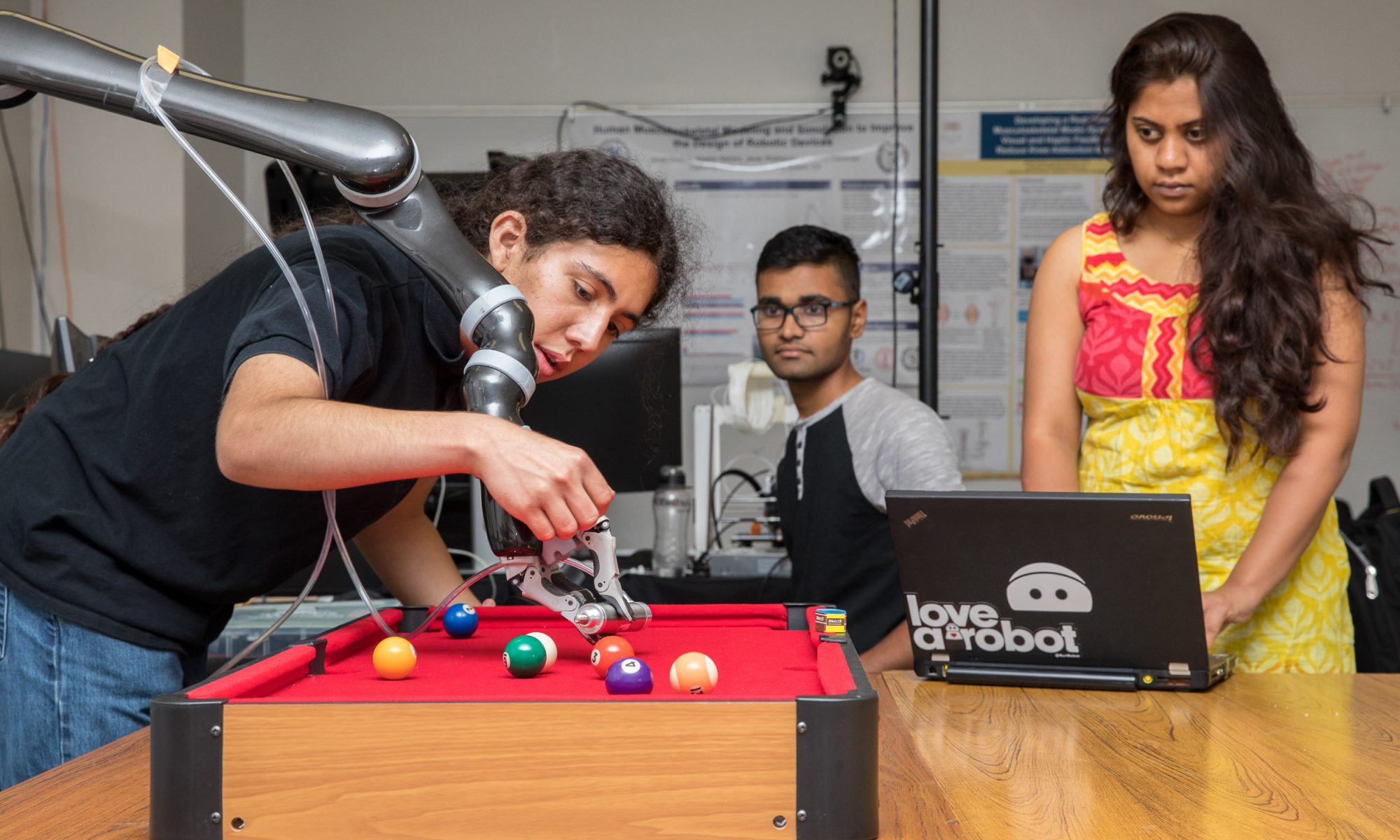For Sustainability Month, CSULB has been hosting events on ridesharing, responsible energy use, aquaculture, and more. In the College of Engineering, Birgit Penzenstadler, a member of the university Sustainability Committee, has been helping spread the word about sustainable software development this month.
Penzenstadler, an assistant professor in Computer Engineering and Computer Science, presented a lightning talk on designing future software for sustainability at the Grace Hopper Celebration Oct. 14-16 in Houston. She was co-author of an article on sustainable software development in ACM’s flagship magazine, Communications of the ACM. Penzenstadler also gave a presentation on software engineering sustainability at an Oct. 22 CSULB open house for Los Angeles Innovation Week.
Penzenstadler is a signatory to the The Karlskrona Manifesto for Sustainability Design, which states that designers of software technology are responsible for the long-term consequences of their designs. Design, states the manifesto, “can push us towards growing consumption of resources, growing inequality in society, and lack of individual self-worth. But it can also create communities and enable thriving of individual freedom, democratic processes, and resource conservation.”
Not taking sustainability into account when designing represents a missed opportunity to cause positive change, according to the manifesto. Sustainability should be considered even if that’s not a system’s primary focus.
The CACM article presents a framework for trading off sustainability quality requirements from the various dimensions of sustainability. Based on a draft of ISO/IEC 42030 Systems and Software Engineering Architecture Evaluation14, the framework is designed to help software engineers make tradeoffs between technical and economic aspects of business sustainability, as well as society and the environment.
The authors propose that classification of sustainability quality requirements be the first step toward sound decision making, tradeoff analyses, and quality evaluation. Applying the framework, according to the authors, will help developers consider environmental and social dimensions in relation to technical and economic dimensions.

